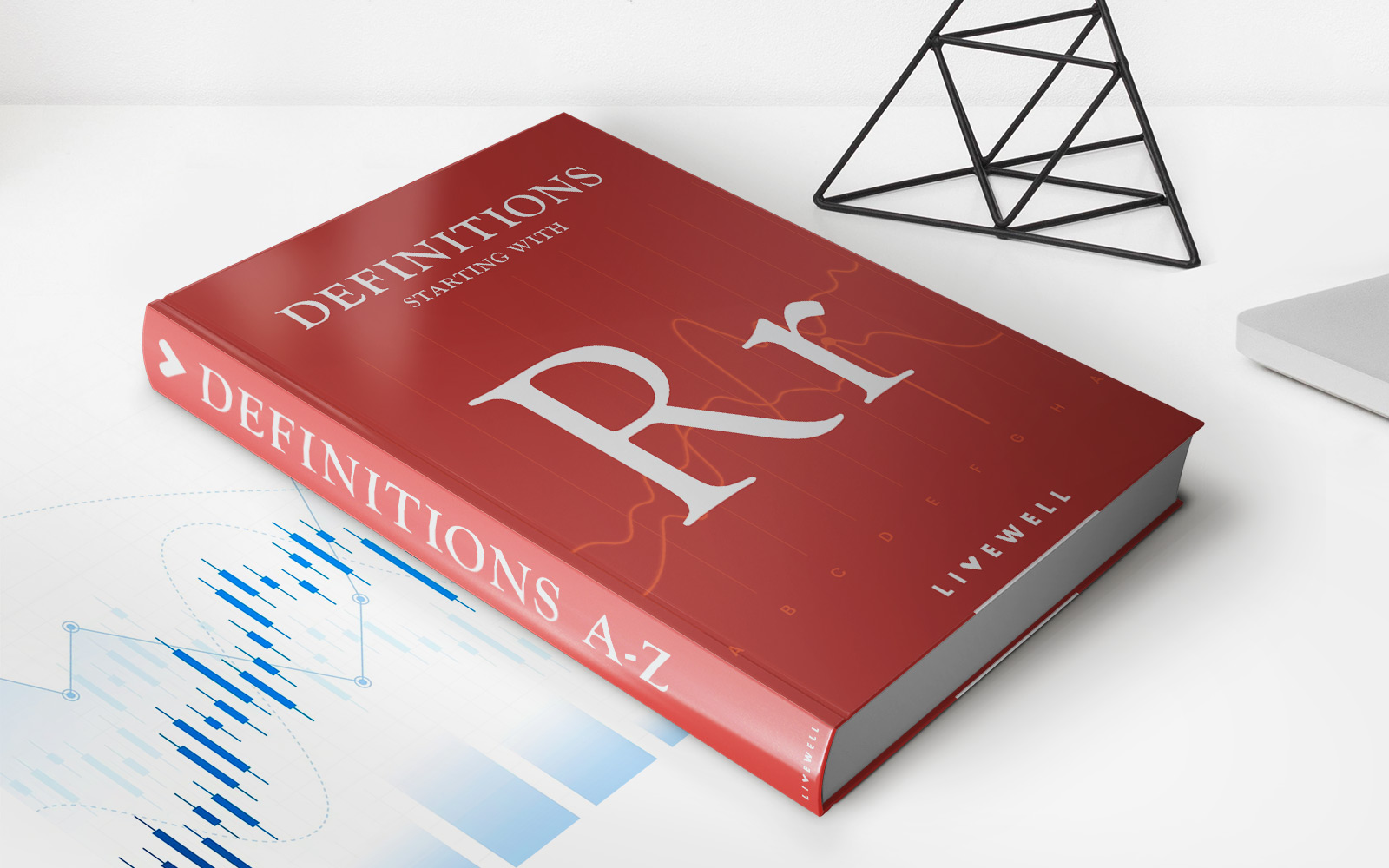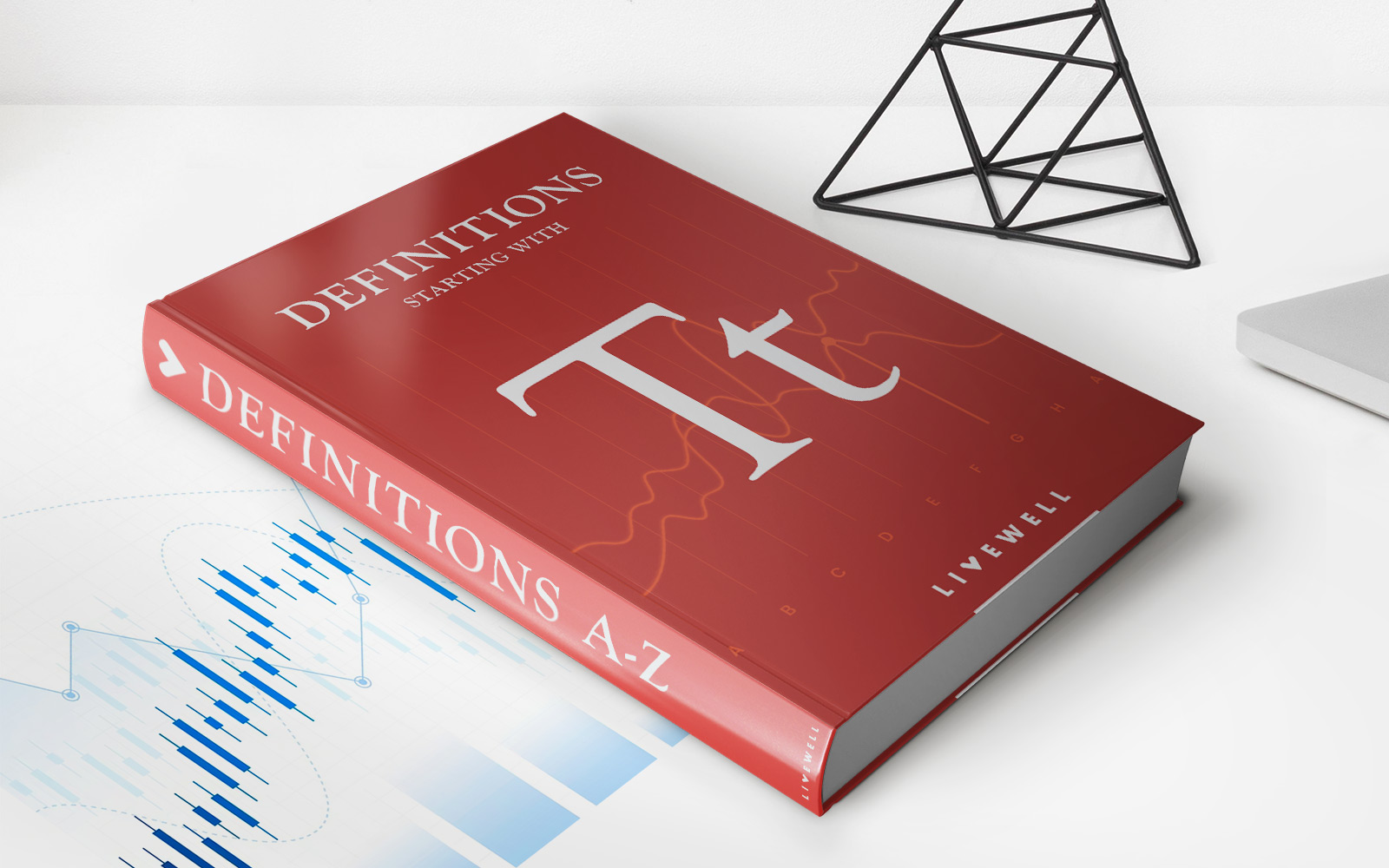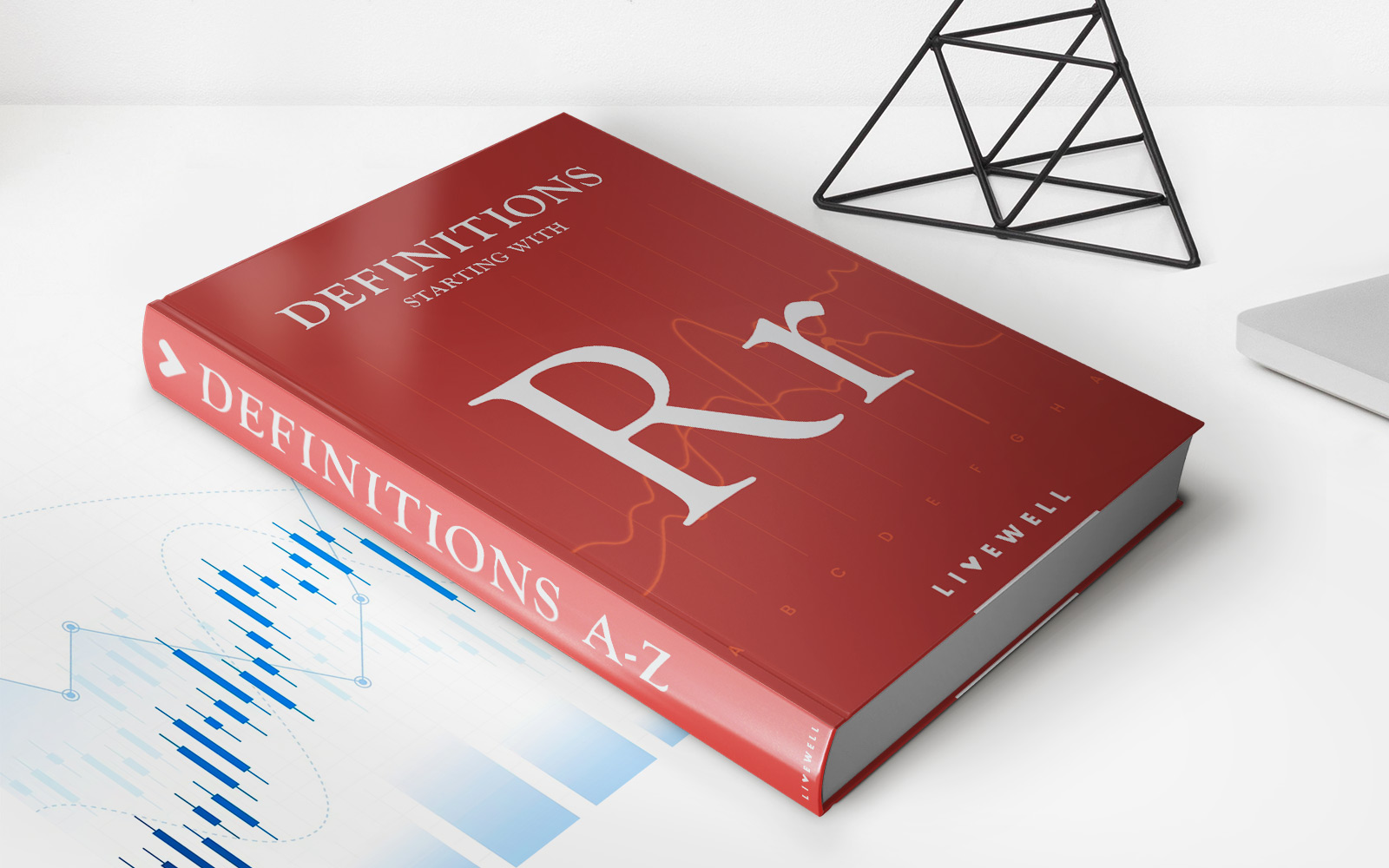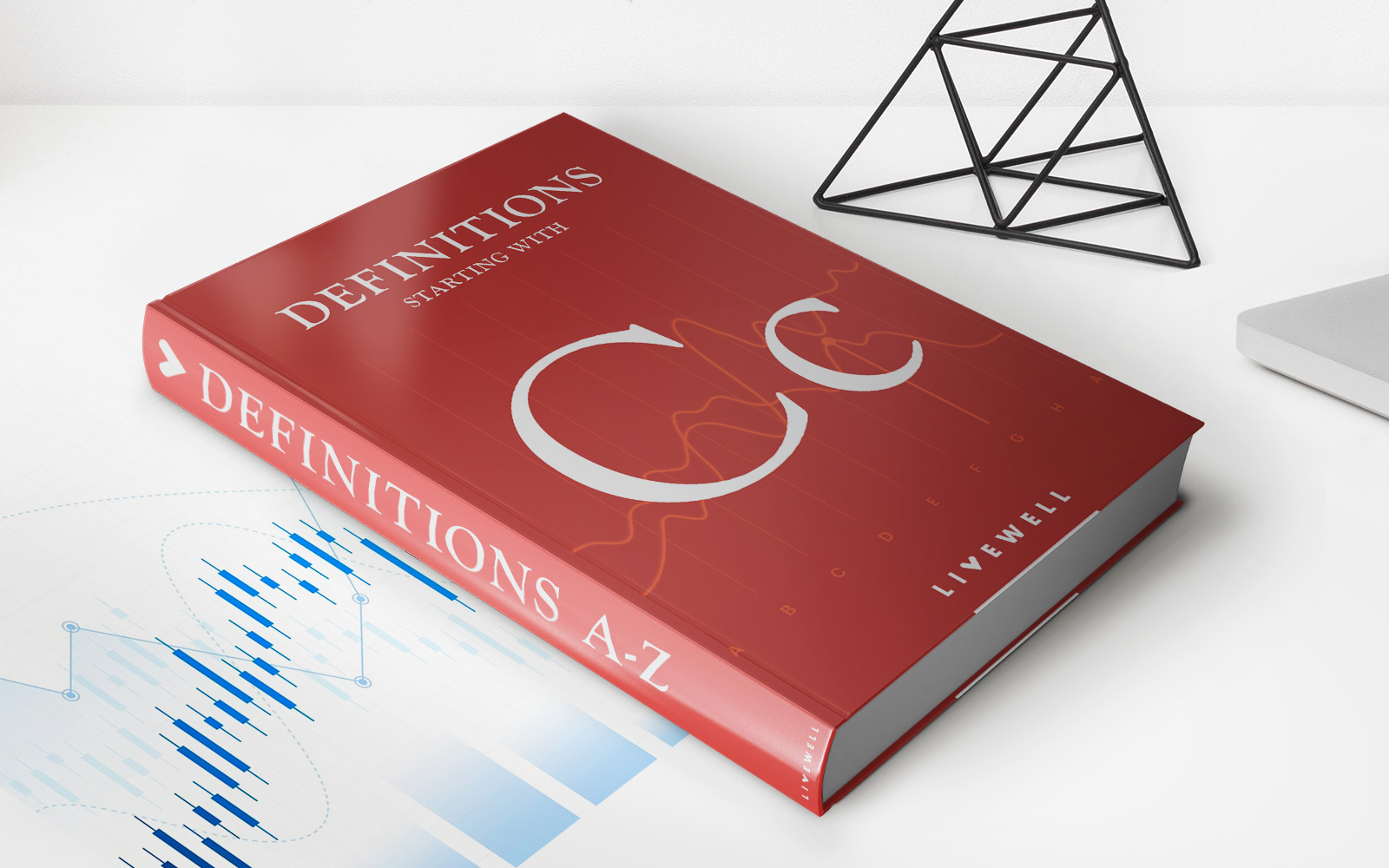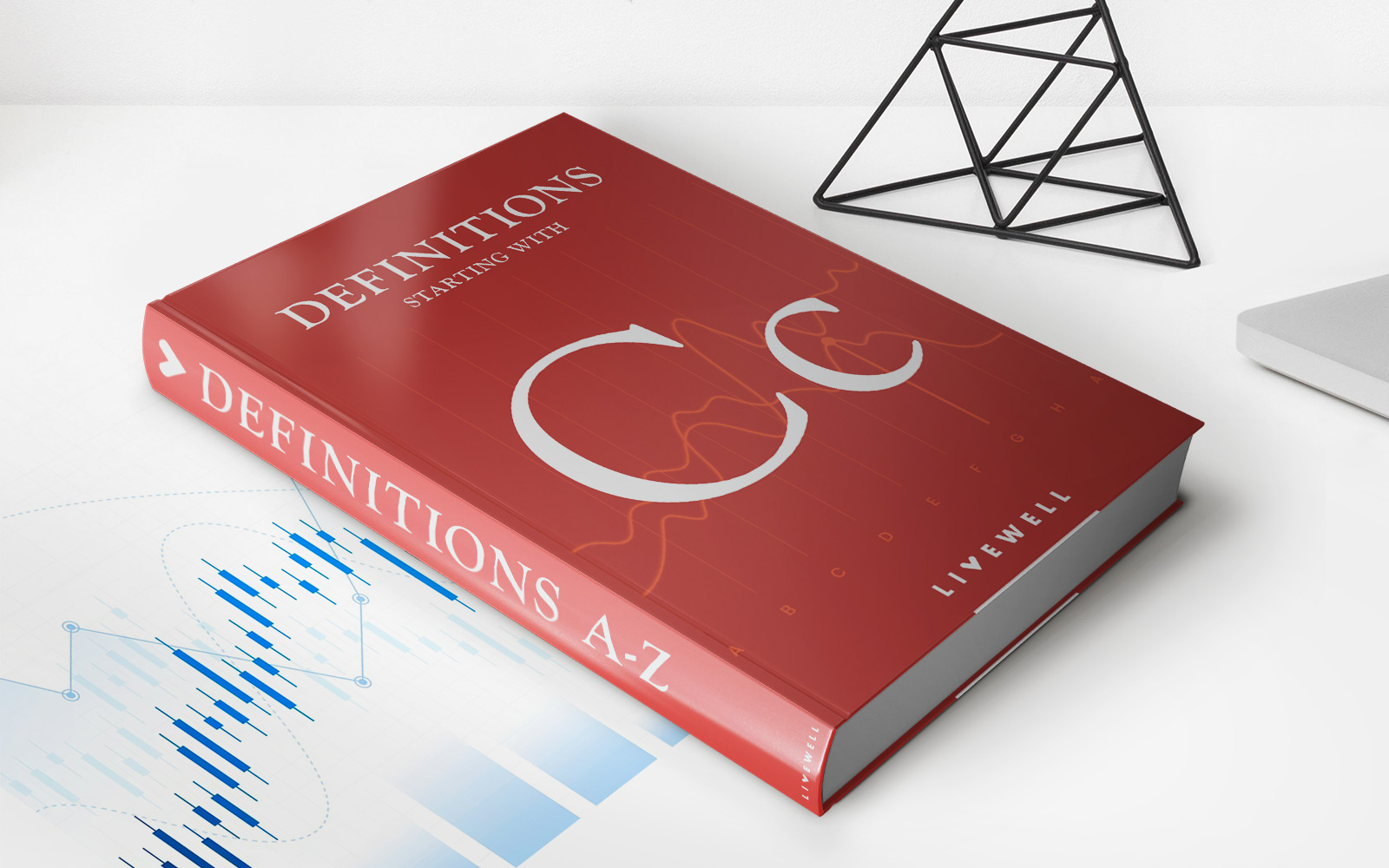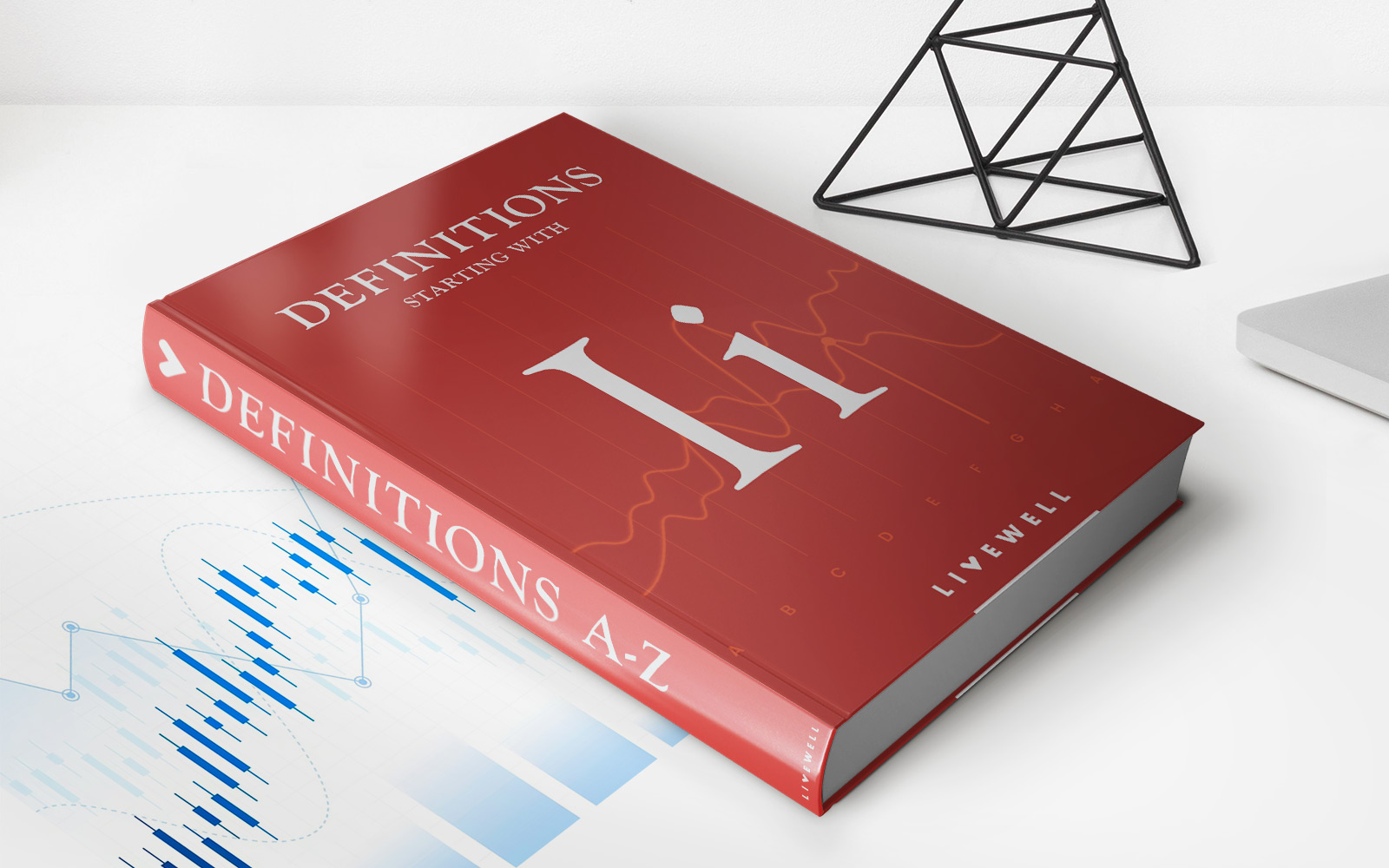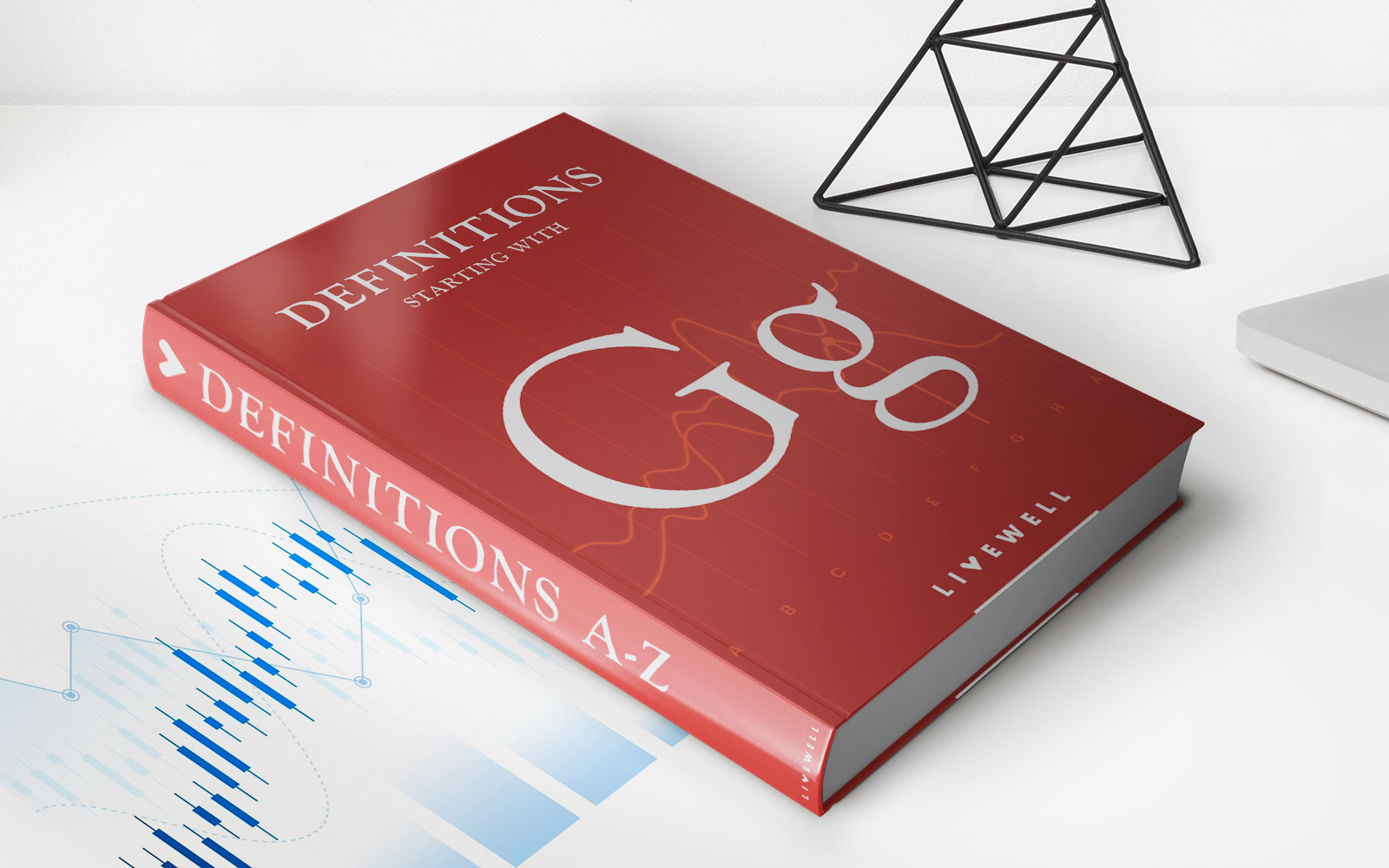Home>Finance>Kairi Relative Index (KRI) Definition And Example


Finance
Kairi Relative Index (KRI) Definition And Example
Published: December 15, 2023
Learn the definition and see an example of Kairi Relative Index (KRI) in finance. Understanding KRI is crucial for successful financial analysis.
(Many of the links in this article redirect to a specific reviewed product. Your purchase of these products through affiliate links helps to generate commission for LiveWell, at no extra cost. Learn more)
Unlocking the Power of Kairi Relative Index (KRI) in Financial Analysis
Understanding the intricacies of finance is essential for making informed decisions and achieving financial stability. As part of our ongoing commitment to providing valuable resources, we bring you a deep dive into the world of finance with an exploration of the Kairi Relative Index (KRI). In this blog post, we will define what KRI is and provide a practical example to help you grasp its significance in financial analysis.
Key Takeaways:
- Kairi Relative Index (KRI) is a technical indicator used to analyze the relative strength of a particular asset or financial instrument in comparison to a benchmark.
- KRI helps investors identify the performance trends of an asset and make more informed decisions based on the analysis.
Now, let’s dive into the definition of Kairi Relative Index (KRI) and its application in financial analysis. The Kairi Relative Index is a powerful tool used by professionals to measure the relative strength of a specific asset or financial instrument in relation to a benchmark. By comparing the price movements and performance of an asset to a reference point, such as an index or an industry average, KRI provides valuable insights into its performance.
So, how does KRI work in practice? Let’s consider an example where we want to analyze the performance of a stock in comparison to a stock market index. By calculating KRI for the stock, we can determine its relative strength in relation to the broader market. If the KRI value is above 1, it indicates that the stock has outperformed the benchmark, while a value below 1 suggests underperformance.
Now that we understand the basics, let’s explore the benefits of using KRI in financial analysis:
- Identifying trends: KRI can help investors identify the long-term trends of an asset. By analyzing the movement of the KRI values, investors can identify periods of strength or weakness in comparison to the benchmark.
- Informed decision-making: Armed with KRI data, investors can make more informed decisions. By understanding how an asset is performing relative to a benchmark, investors can gauge the asset’s potential for growth or decline and adjust their strategies accordingly.
- Enhancing portfolio management: KRI can also be used to evaluate the performance of an entire portfolio of assets. By calculating the weighted KRI values for each asset, investors can gauge the overall strength or weakness of their portfolio in relation to a benchmark, aiding in effective portfolio management.
As with any financial analysis tool, it’s important to note that KRI should be used in conjunction with other indicators and not as a standalone measure. By combining KRI with additional technical and fundamental analysis, investors can paint a more comprehensive picture of the asset’s performance.
In conclusion, Kairi Relative Index (KRI) is a valuable tool in financial analysis that helps investors gauge the relative strength of an asset in relation to a benchmark. By understanding how an asset performs in comparison to the broader market or industry average, investors can make more informed decisions and enhance their portfolio management strategies. Incorporating KRI into your financial analysis toolkit will empower you to navigate the complex world of finance with greater confidence.



